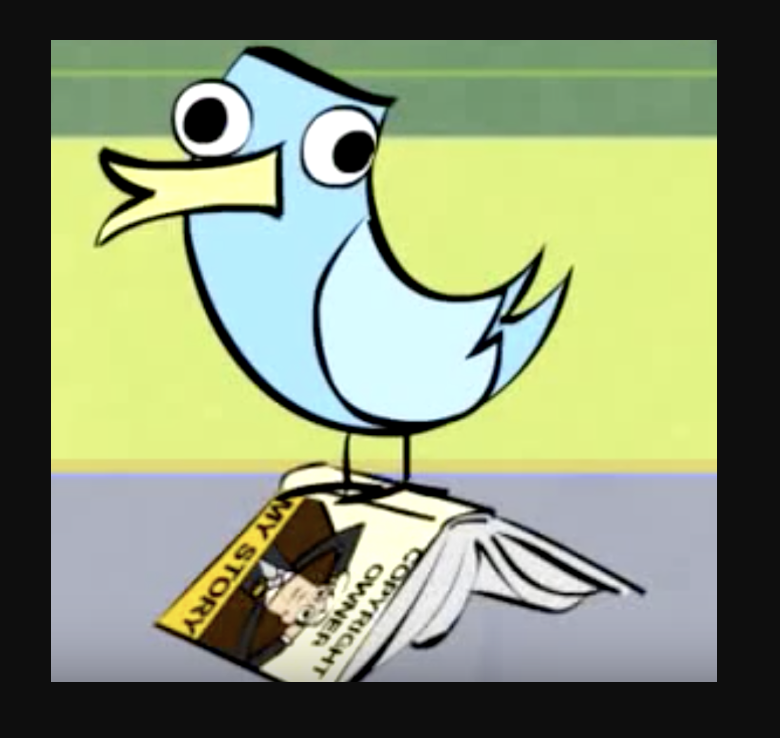- Home
- Node
The State of Media Literacy: A Rejoinder
Thanks to JoBEM editor, Susan Brinson, who offered me the opportunity to write
a rejoinder to W. James Potter’s essay on the State of Media Literacy. Potter begins
his response to my essay by alleging that my identity and track record limit the
value of my perspective on the field. After justifying his own editorial choices in
terms of breadth, balance over time, balance across scholars, and description over
prescription, Potter then suggests that my critical perspective regarding his work is
an indication of my own lack of media literacy.
Model School Copyright Policy for Using Copyrighted Materials in Digital Media Production
The Media Education Lab encourages school leaders to use this model copyright policy as a tool to educate faculty, students and staff in digital citizenship. Permission is granted for your use of the content below.
 MODEL COPYRIGHT POLICY
MODEL COPYRIGHT POLICY
Young Audiences and New Authors in a Multimedia Landscape
Today’s children experience a very different set of choices, opportunities and challenges
as compared to their parents or their grandparents. Of the 50 million American children age 11
and under, nearly all are participating actively as young audiences with a variety of forms of
mass media, popular culture and digital media. They are also beginning to use technology tools
as modes of creative expression themselves, developing the capacity to be authors in a
multimedia landscape. Adults who care for children need to have a better understanding of the
Growing Up Online
Check out our lesson plans for teachers and an interactive quiz for parents encourage reflection and analysis of the Frontline film, "Growing Up Online." Renee Hobbs and Kelly Mendoza developed materials including:
Media Education Lab 2010 End-of-Year Report
Each year, the Media Education Lab aims to fulfill its mission to improve the practice of media literacy education through research and community service. In the school year of 2009-2010, we succeeded in that goal once again. Download our final report here. Highlights of the year include: